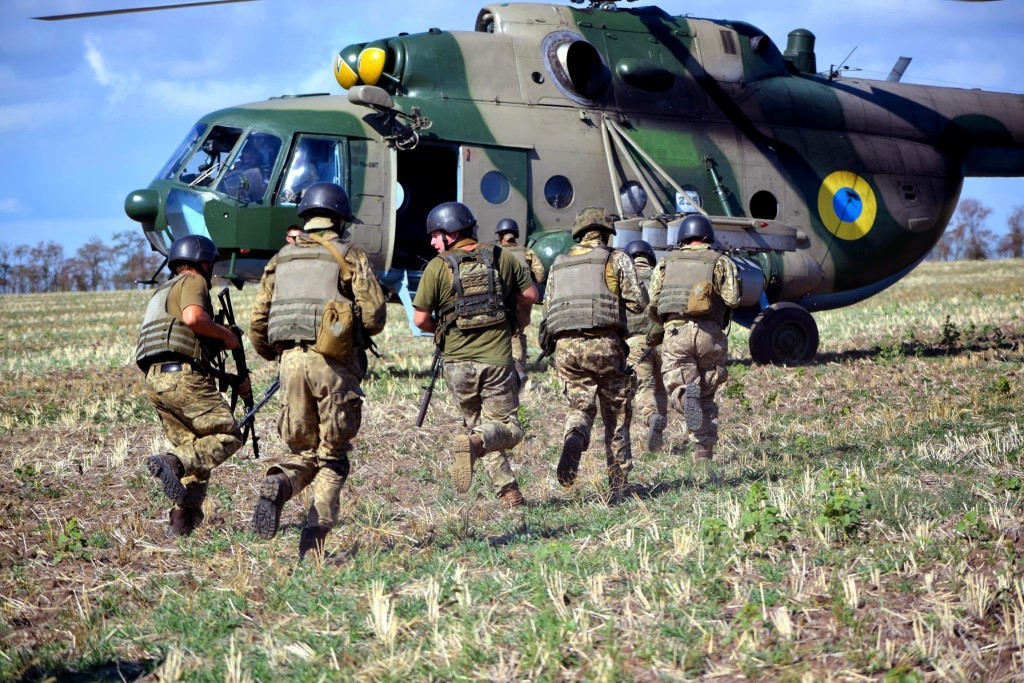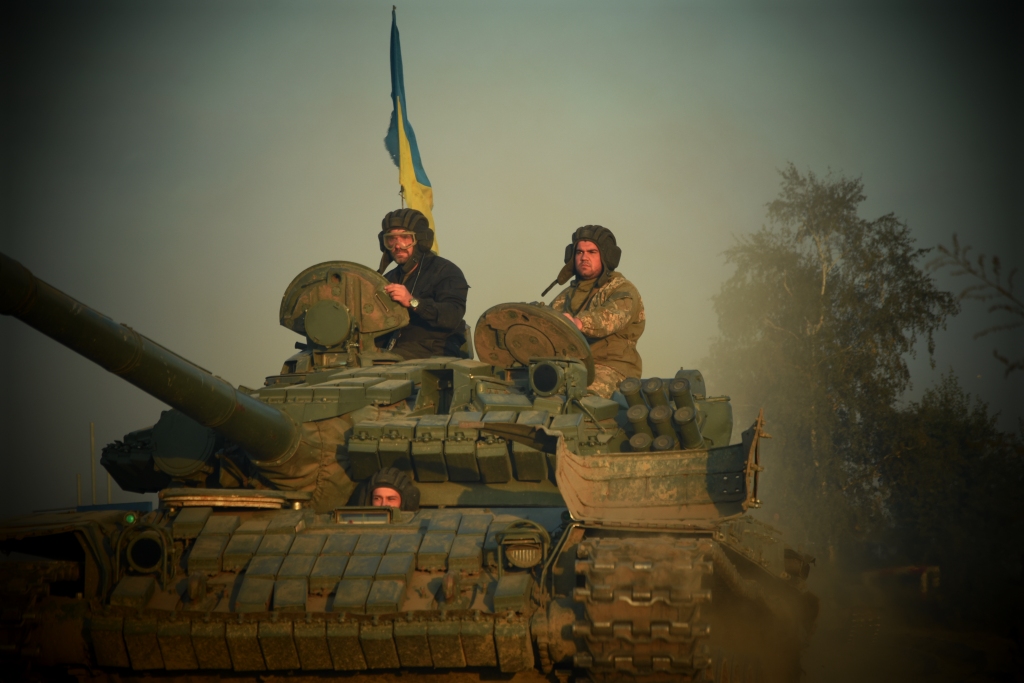Several reasons were put forward to try to explain the springtime Russian buildup; and any or all of them may have played some role. According to Ukrainian Foreign Minister Dmytro Kuleba, three of these motives potentially included: (1) efforts to pressure Kyiv in an attempt to end the war in Donbas on the Kremlin’s preferred terms, (2) disdain for the international community, and (3) a bid to rouse patriotic fervor at home due to the low public support of the current regime in Russia (Pravda.com.ua, April 20; see EDM, February 18, April 5).
Another likely impetus for the large-scale deployments and associated “snap inspections” was as a response to the North Atlantic Treaty Organization’s (NATO) Defender Europe 2021 exercises, which will include up to 30,000 multinational forces from 27 countries, conducted nearly simultaneously at more than 30 training areas across the continent (Army.mil, March 15). It is telling that even after having announced, on April 22, a pullback of Russian troops from Ukraine’s eastern borders, Defense Minister Sergei Shoigu emphasized Russian readiness to respond promptly in case of any “unfavorable developments” related to the NATO exercises (Izvestia, April 22).
That supposed Russian pullback has only been partial at best, with significant heavy weaponry staying deployed in forward positions until at least the fall and many of the withdrawn forces able to return to the Ukrainian border at a moment’s notice (see EDM, April 22). At the same time, 21 Russian BTGs are still in Crimea, and a heavy naval force remains off the occupied peninsula’s coast, complete with substantial amphibious strike and landing capabilities (see EDM [1][2], April 27; Rosbalt, April 2).
Ihor Kabanenko, a retired Ukrainian admiral and former deputy minister of defense, believes the location of airborne, naval, mechanized, rear, medical, electronic warfare and other military units in Crimea, combined with their operational capabilities, indicate Russian preparation for combined amphibious, airborne and ground actions in the direction of Kakhovka, Henichesk and Mariupol (Day.kyiv.ua, April 22).
In this regard, an expressed reason for such a Russian invasion could be the chronic shortage of fresh water in Crimea, which, prior to the annexation, received over 80 percent of this resource from mainland Ukraine, via the North Crimean Canal. The distance to the associated reservoir near Khahovka is, notably, only 80 miles from the border of the occupied peninsula. And as Kyiv-based political expert Viktor Andrusiv recently pointed out, if the Russian forces attack northward, capture the North Crimean Canal, and then threaten to move on to Odesa but actually stop at the Canal, some might perversely view this situation as a victory of diplomacy (Wilsoncenter.org, April 15).
In another suggested scenario, the Russians might launch simultaneous attacks from the occupied territories of the so-called Donetsk and Luhansk “people’s republics” to expand beyond the current Line of Control in Donbas. Russia presently has around 27,000 proxy and regular service members in this region. The hostilities, in such a case, would be short-lived to prevent further NATO interference while inflicting maximum losses on the Ukrainian forces, spreading panic among the population and Ukraine’s political leadership (Censor.net, April 14).
Trending Now
Today, the Armed Forces of Ukraine (AFU) are much more capable than was the case during the Russian invasion in 2014. They are made up of 255,000 military personal with 900,000 reservists. However, Moscow has one million personnel and twice as many reservists at its disposal. The two sides’ total defense spending is even more lopsided. Ukraine’s defense sector receives $5.2 billion in state funding annually, while Russia spends $65 billion (Politico.eu, April 14).
Nonetheless, both rival militaries are deeply bogged down in ineffective Soviet-style management. For the AFU, in particular (though similar issues can be found on the Russian side—see EDM, May 23, 2018 and January 15, 2019), the key problems are corruption, a bloated staff engaged in unnecessary paperwork and other bureaucracy, lack of professionals especially in the combat units, as well domination by commanders from the “old guard,” many of whom were educated and built their military careers during the Soviet period. Moreover, some of the most progressive and experienced younger generation officers, including those who gained real experience fighting in Donbas, are finding themselves squeezed out of command structures (see EDM, March 15, 2021; Jamestown.org, March 25, 2021).
Another serious problem in the AFU is a lack of ammunition, most of which was inherited from the Soviet Union’s defense sector. This is accompanied by a low discipline of fire, leading to wasting of the limited ammunition supplies (Nv.ua, February, 19). As this author witnessed during his recent trip to the frontlines in February (see EDM, March 15), some Ukrainian commanders have had to “borrow” ammunition from neighboring units to cover their expenses as the shelling from the other side has not stopped despite the announced ceasefire in July.
An urgent modernization of the AFU is needed also to deal with the recently signed law that allows the president to call up reservists for military service without a general mobilization (Pravda.com.ua, April 21). In order to smoothly and quickly integrate thousands of reservists, the AFU will first need to elaborate appropriate conditions—especially abolish the Soviet-style centralized “army of control” system, which slows down mobility and provides almost no opportunities for young officers, particularly those with a Western education, to rise in the ranks.
Further Reading:
- Putin may have pulled back from Ukraine border but he did not back down, experts warn
- Four lessons learned from Russia’s Ukraine buildup
- Russia effectively seizes control of Sea of Azov, threatening Ukraine
- While President Zelenskyy promises peace, Ukraine’s Army faces serious challenges
- Problems in the Ukrainian military food-supply system: Coronavirus or symptom of slowdown in reforms?
- Problems in the Ukrainian military food-supply system: Coronavirus or symptom of slowdown in reforms?
- Largest-yet report on Ukraine invasion documents Russian army in Donbas
- Donbas negotiations in deadlock again as Russia demands local elections (again)









